Interior design styles are a reflection of society and the things that are happening in the world. This is why the WABI-SABI concept has been popular for a few years.

WABI-SABI is not a trend, it is a way of life that encourages one to experience and see things as they are without judgment.
WABI-SABI is a Japanese philosophy that tells us that beauty and appreciation come from inner being and accepting imperfect and aging things, nature, and the simple pleasures in life.
In other words, it is acceptance, not judgment, and the understanding that perfection doesn’t exist (a beautiful philosophy, right!!!).
It’s easy to understand why this of aesthetics and thinking is appreciated these days, but how can we translate these philosophies into interior design?
Let’s see the essential design principles to achieve this relaxed, uncommon interior design look and way of life.
1. Declutter Your Space
It’s very common to have trendy objects at home that we don’t use or need. The first step consists of focusing on the things that are functional in our daily lives or that have meaning for us.
Key Point
Balance between beauty and utility.
Let go of the unnecessary things that are saturating your space and energy. Consider strongly what you need and don’t be ruthless. You’ll forget it you’ll have a more practical and happy life.
WABI-SABI design principles invite you to live in a less small way. Clutter and clean space are essential to achieving a calming home. Having a clean and clear space, it’s time to move on to the next step.
2. Color Palette

WABI-SABI draws from the color of nature. The color palette’s objective is to transform spaces into serene and harmonious atmospheres that focus on nature and warmth.
Having nature for color inspiration brings out neutrals, warm, and calm colors such as beige, brown, warm gray, sage green, and natural muted color pastels.
Think about the colors and combinations you see when you go to the mountains, desert, beach, or lake. These hues are perfect for embracing this look. Speaking of colors, let’s move on to the next.
3. Natural Light

Having as much natural light as possible. Sometimes, we forget the power of our well-being and health.
Natural light connects us with Mother Earth, elevates our immune systems, and it’s great for helping us feel less isolated and alone.
Natural light is a powerful energy for our bodies and minds. Its movement, as well as how the color temperature changes during the day, has a huge impact on how we perceive space and our health.
Never block your windows and let the sun’s rays enter the interior. If you need to maintain privacy, use translucent coating panels that let the light in without compromising your privacy.
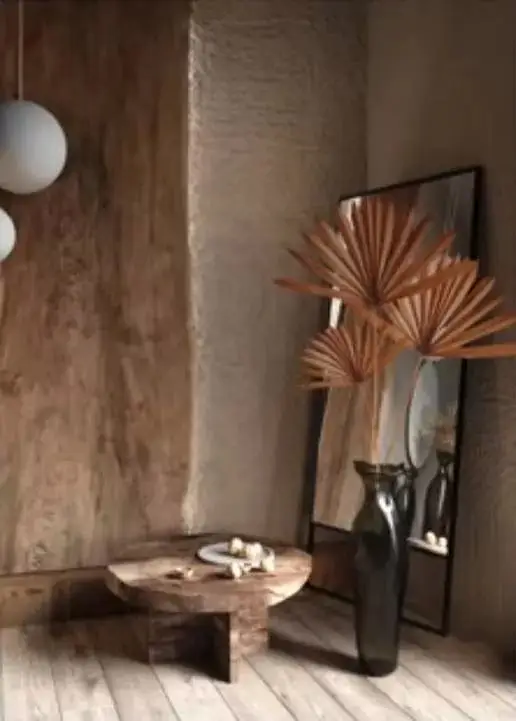
If you’re renovating your home, have big windows to appreciate the outdoors.
4 Bring Nature Inside
Maybe you don’t have the opportunity to see the garden from your windows, but you can bring nature inside in multiple ways.
For instance, plants stick to old, imperfect base branches in pots or natural leaves. You don’t need to have expensive fresh flowers in a piece (remember the wabi-sabi philosophy: find beauty in common and simple things, which applies to natural arrangements as well).
Beauty is everywhere, even in a simple and dry branch. Look above this beauty-flowers are indeed, but we can’t forget that nature has a wide range of beauty.
We must see beauty in simple things.
5. Raw Materials

Talking about imperfections, we must talk about materials.
You don’t need to iron the linen drapes or the tablecloth, and you don’t need to have your bedding perfectly done like in a hotel.
Instead, let the materials show what they look like and enjoy them. What makes them beautiful is their natural and easygoing feel.
The linen bedding expresses its natural texture and appearance, and the look is fantastic; warm, natural, relaxed, and calming.
Let the raw materials be the focus in your rooms. They express the beauty of nature, especially if they are handmade.
6. Asymmetry
It’s important to remember that perfection isn’t the goal here. Asymmetry is a key consideration in this style.
Trying to maintain symmetry and balance can be frustrating. WABI-SABI values natural and beautiful asymmetrical.
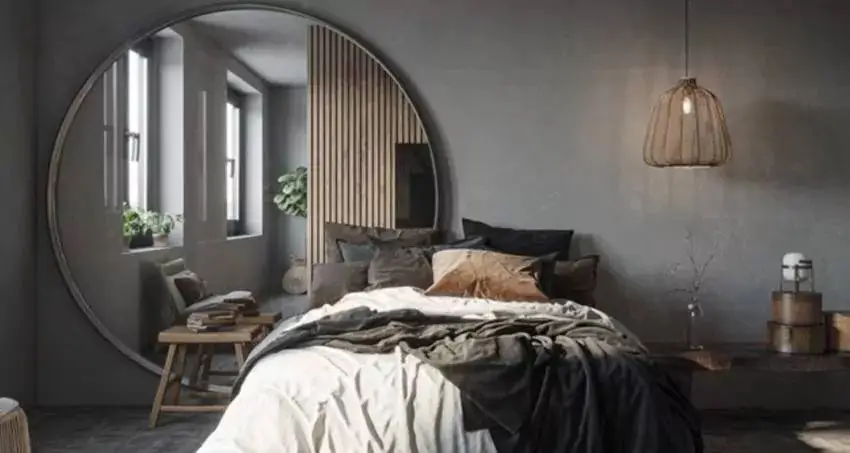
This, I believe, is why the world is so wonderful. It’s unpredictable and unrestricted. Arrange your furnishings in a way that is relaxing for you.
Don’t be bound by any rules. Pursue what makes you exceptional in your environment without making the task more difficult by striving for perfection.
WABI-SABI is a Japanese aesthetic that honors artisans, aged wood, raw cotton, and linen. It all comes down to being able to comprehend and appreciate simple raw elements. It foeces us to retutn to our roots. Avoid high-end luxury finishes are mass-produced.
7. Furniture
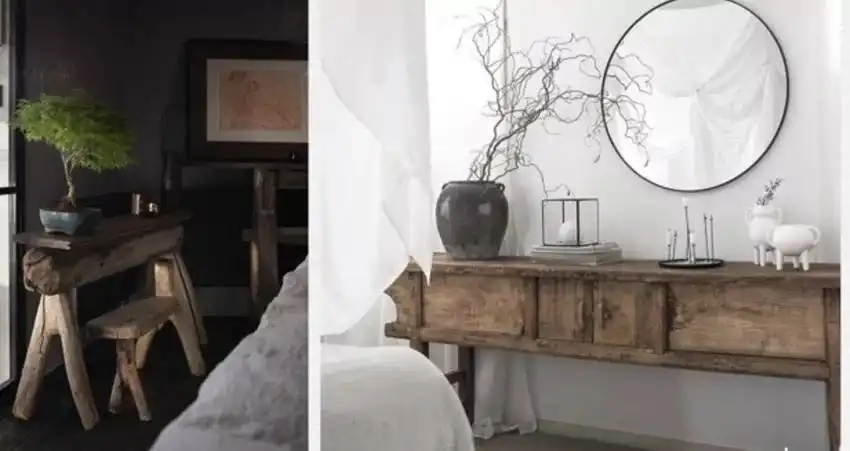
Having furniture with a rustic feel and artisan value is important.
To get the look, we must consider dining table benches, side tables, and coffee tables made with aged wood, especially if they are asymmetrical and follow the materials’s natural shapes.
The furniture is also light and low due to the Japanese influence. This is why we see mattresses with low vents and seats on the floor.
The Japanese style is characterized by a desire to get as close to the soil as possible. As a result, incorporating low furniture is a terrific idea.
8. Simplicity

WABI-SABI is a Japanese concept that is close to minimalism. The basic design principle is simplicity. We don’t want a lot of decor in the room, and we don’t want it to be too complicated.
WABI-SABI encourages you to focus on elegance rather than flashiness. It’s critical to emphasize natural traits without overdoing them. Choose pieces with clean lines and shapes devoid of superfluous or decorative elements. We can maintain authenticity in this manner.
9. Only Keep Things You Love

With WABI-SABI you want to keep a minimum of the items in your possession.
WABI-SABI encourages minimalism to bring yourself to keep things that hold that significant meaning rather than attain a lot of things into space.
You want to include things in your space to make you feel calm and not overwhelmed. It helps you to the joy of the objects that are around.
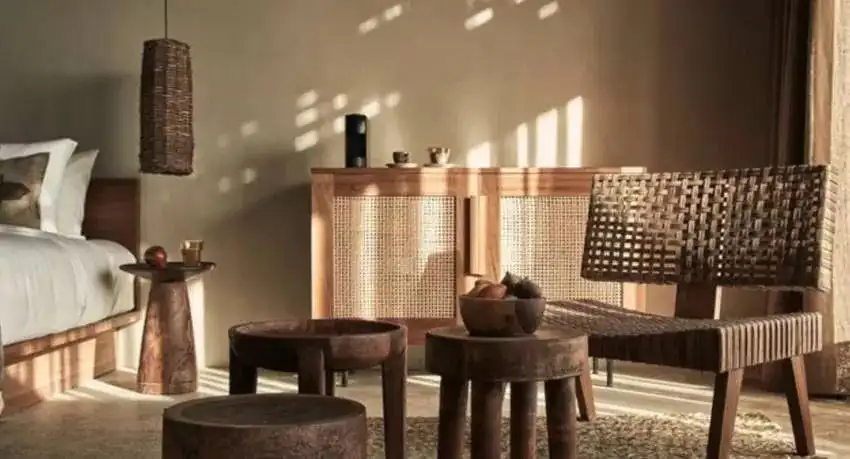
10. Calm And Tranquil Mood
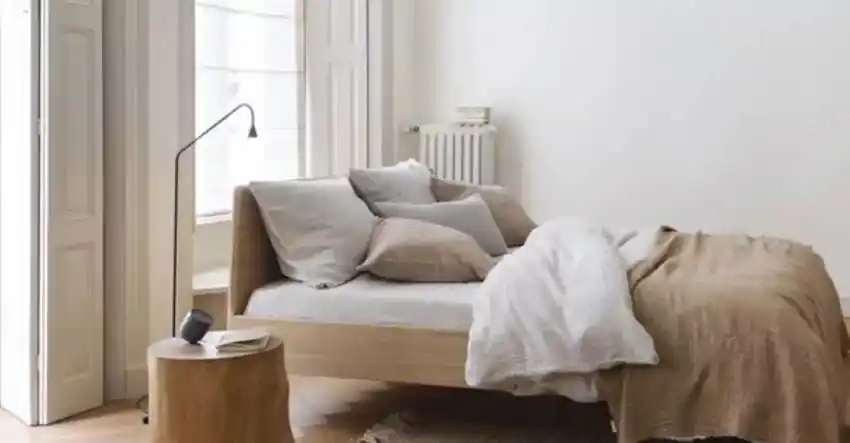
When you see wabi-sabi-inspired images, you feel calm and tranquil. Wabi originally referred to the loneliness of living in nature and isolation from society. It changed its meaning to a more positive one over time. However, WABI-SABI refers to a quality of austere and serene beauty expressing a mood of spiritual solitude recognized in ZEN Buddhist philosophy.
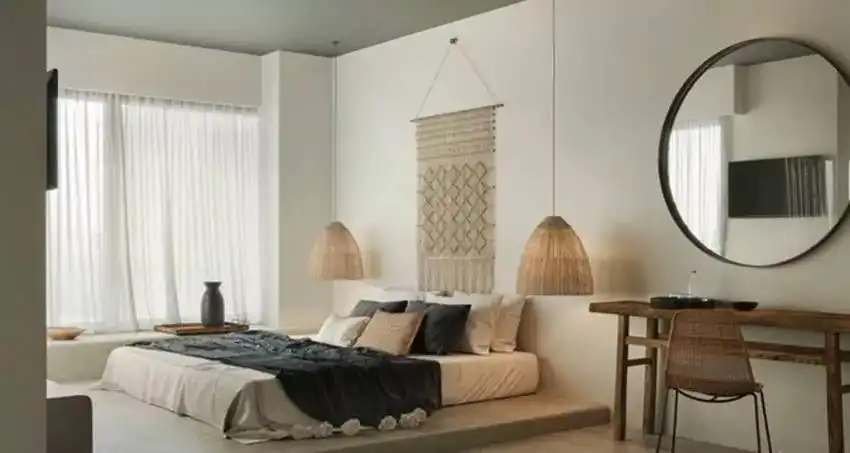
So, when you incorporate wabi-sabi aesthetics into your home, you have the intention to create a serene mood and escape from stressful distractions.
Your place has a strong influence on your actions, and a wabi-sabi home can give you more opportunities to contemplate, self-reflect, and seek solitude.
It gently leads you to relax, slow down, step back from the hectic modern society, and find contentment and gratitude in what you do and what you have.

